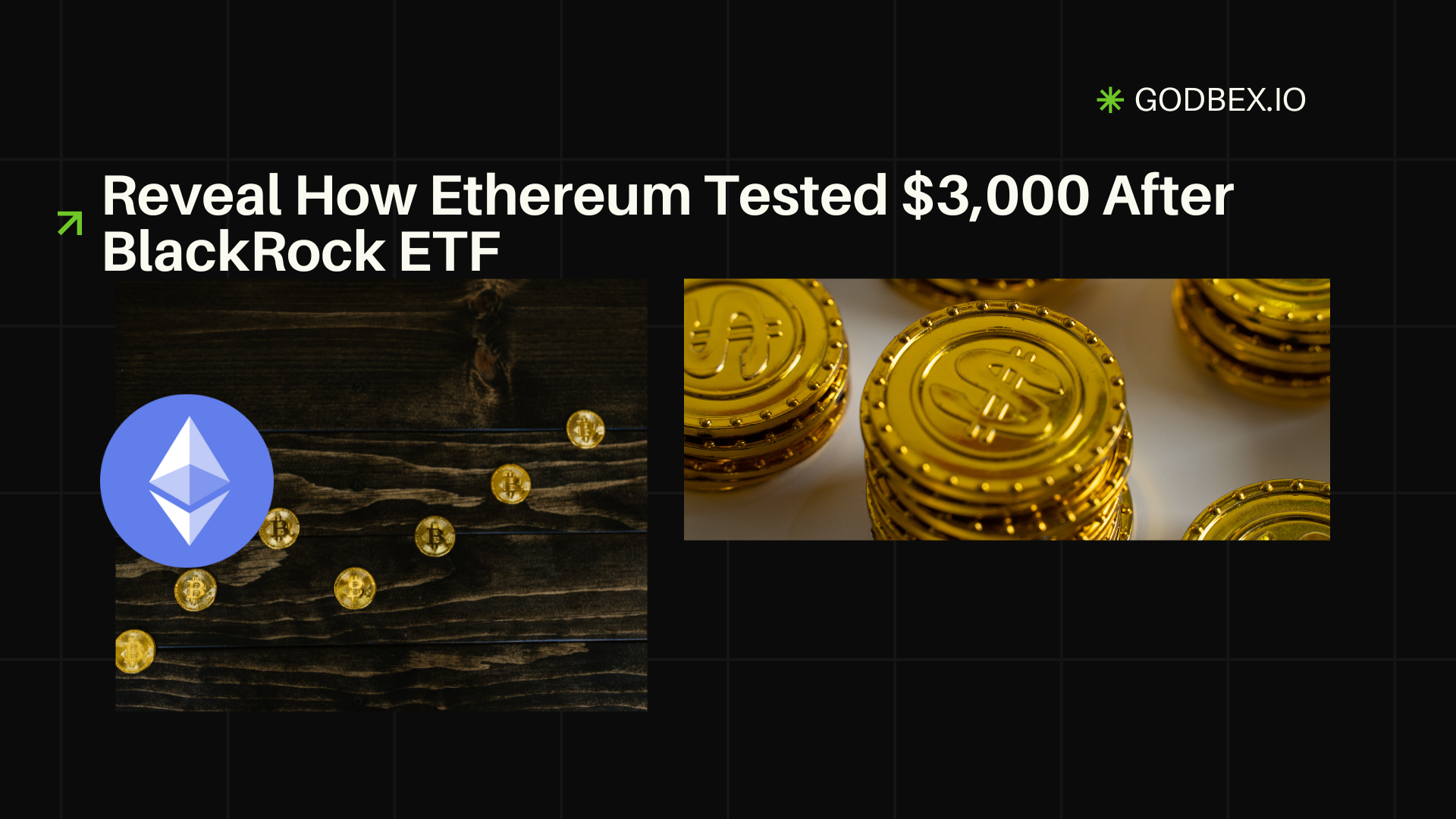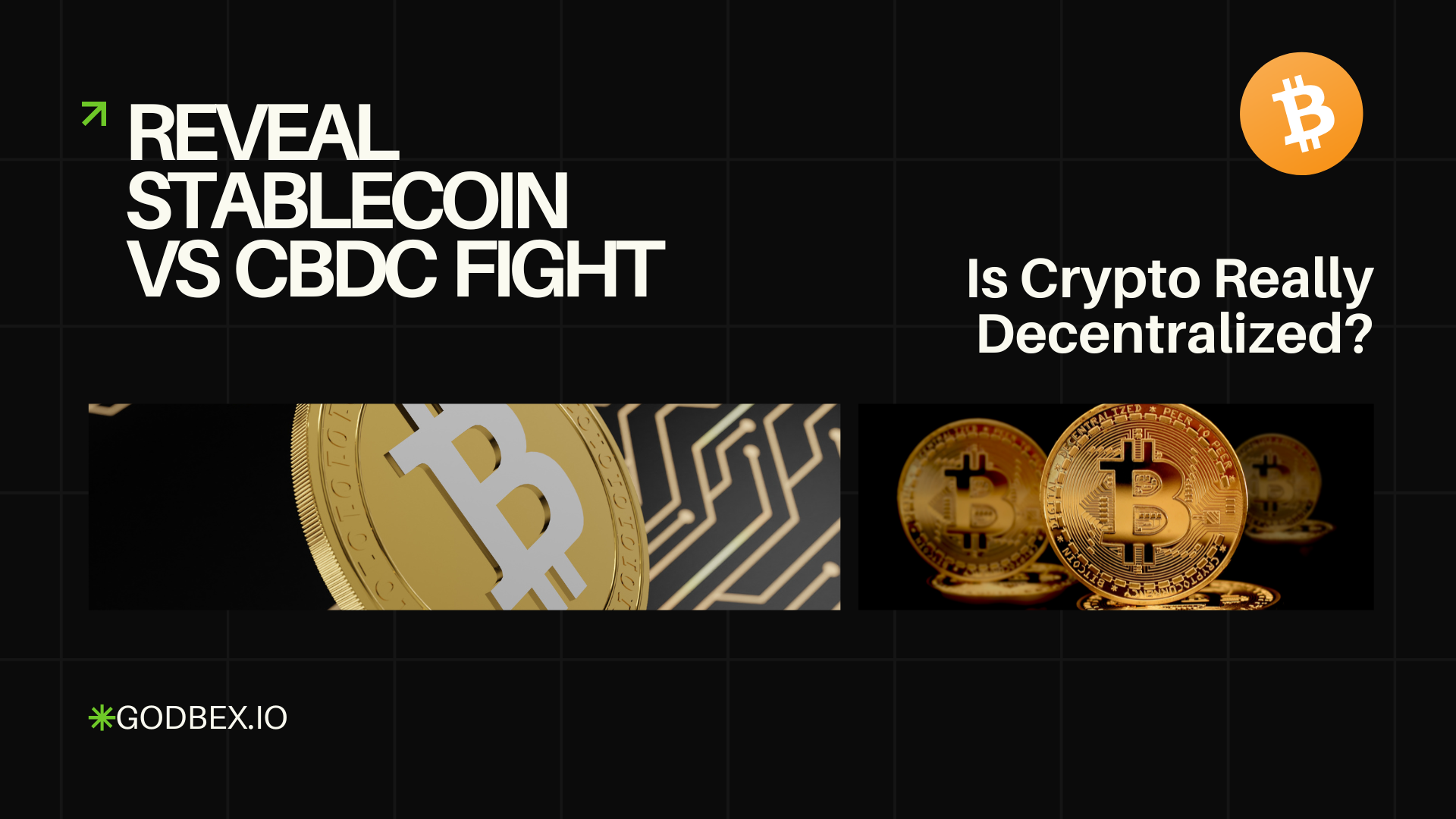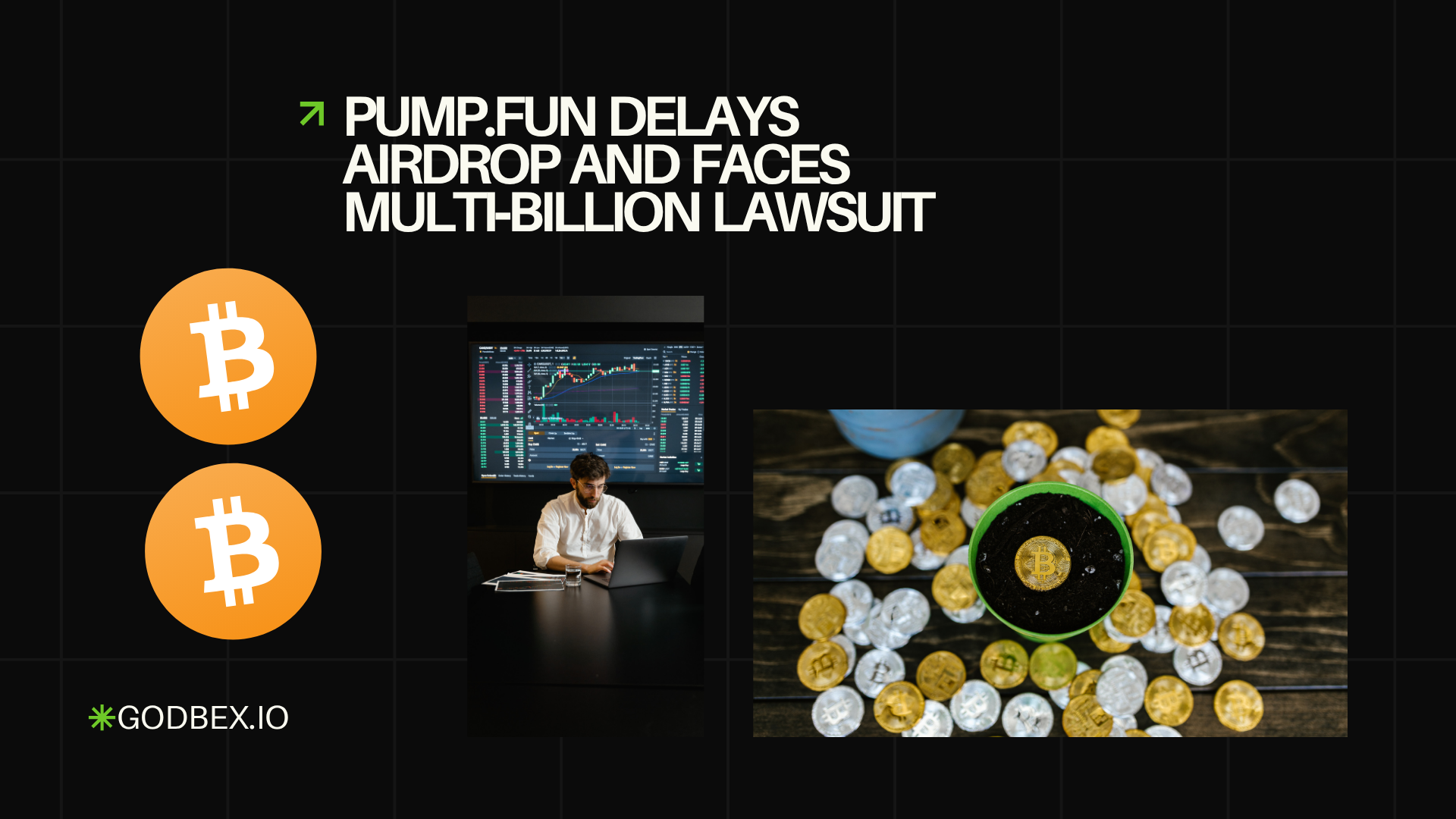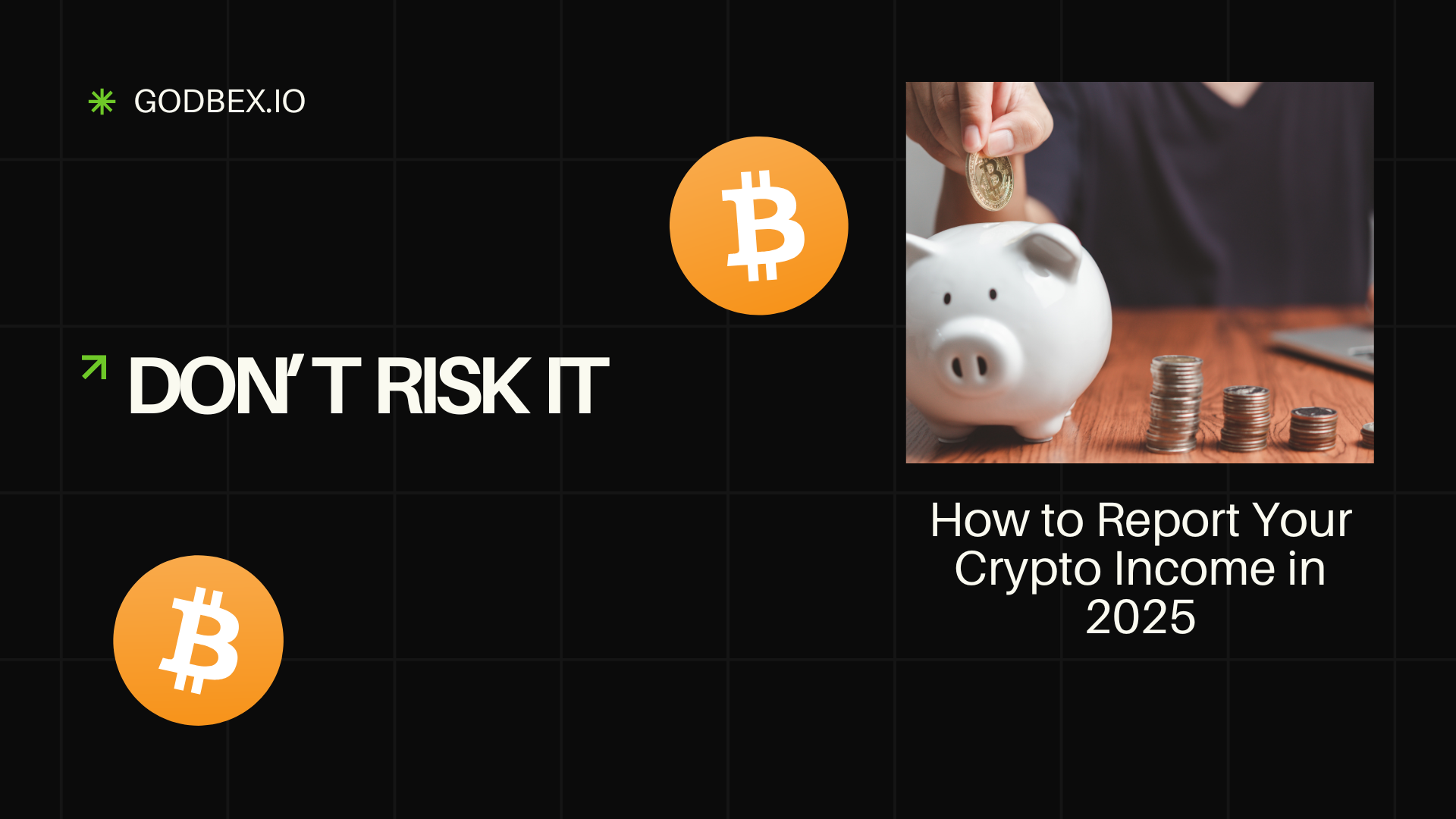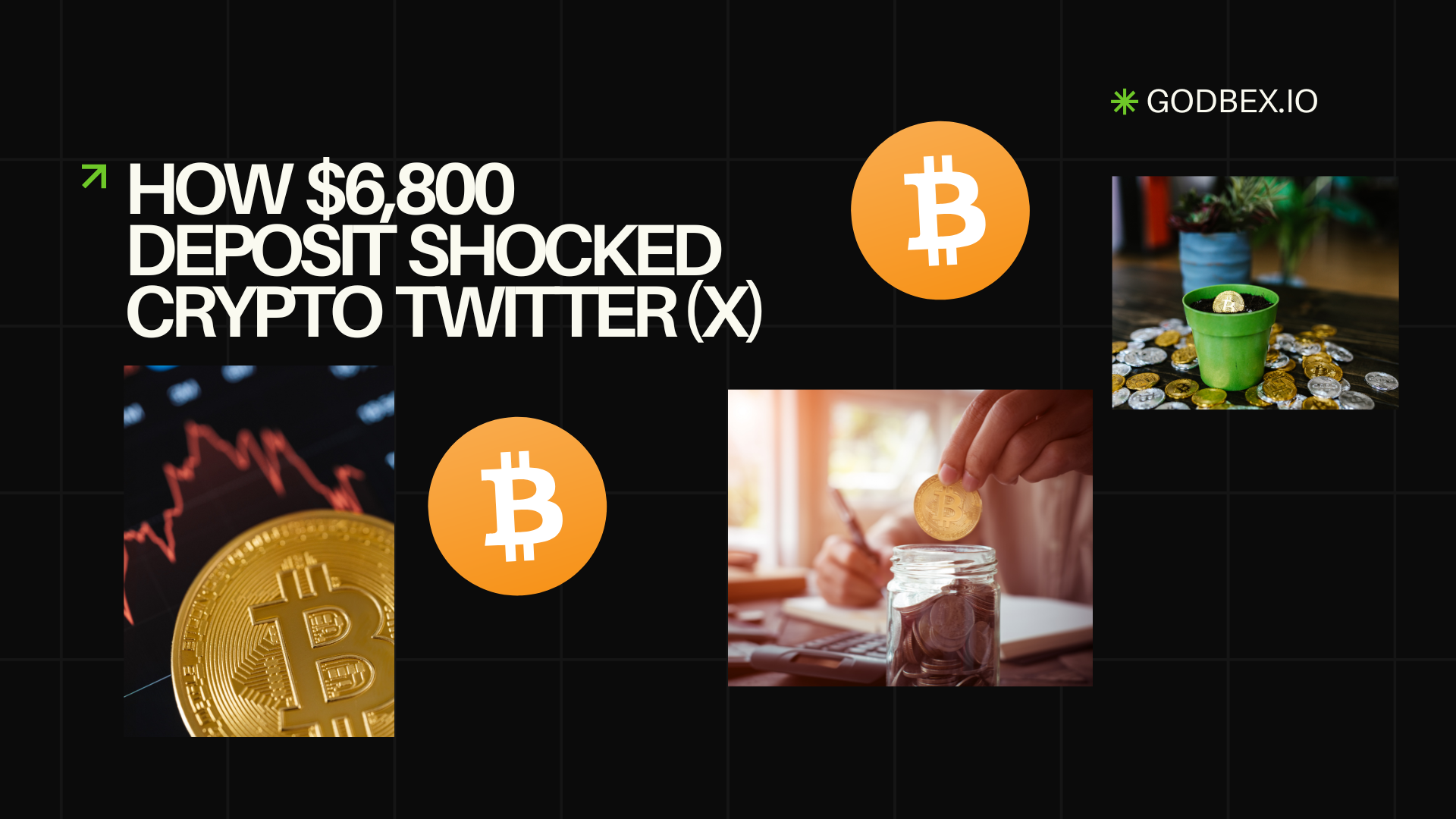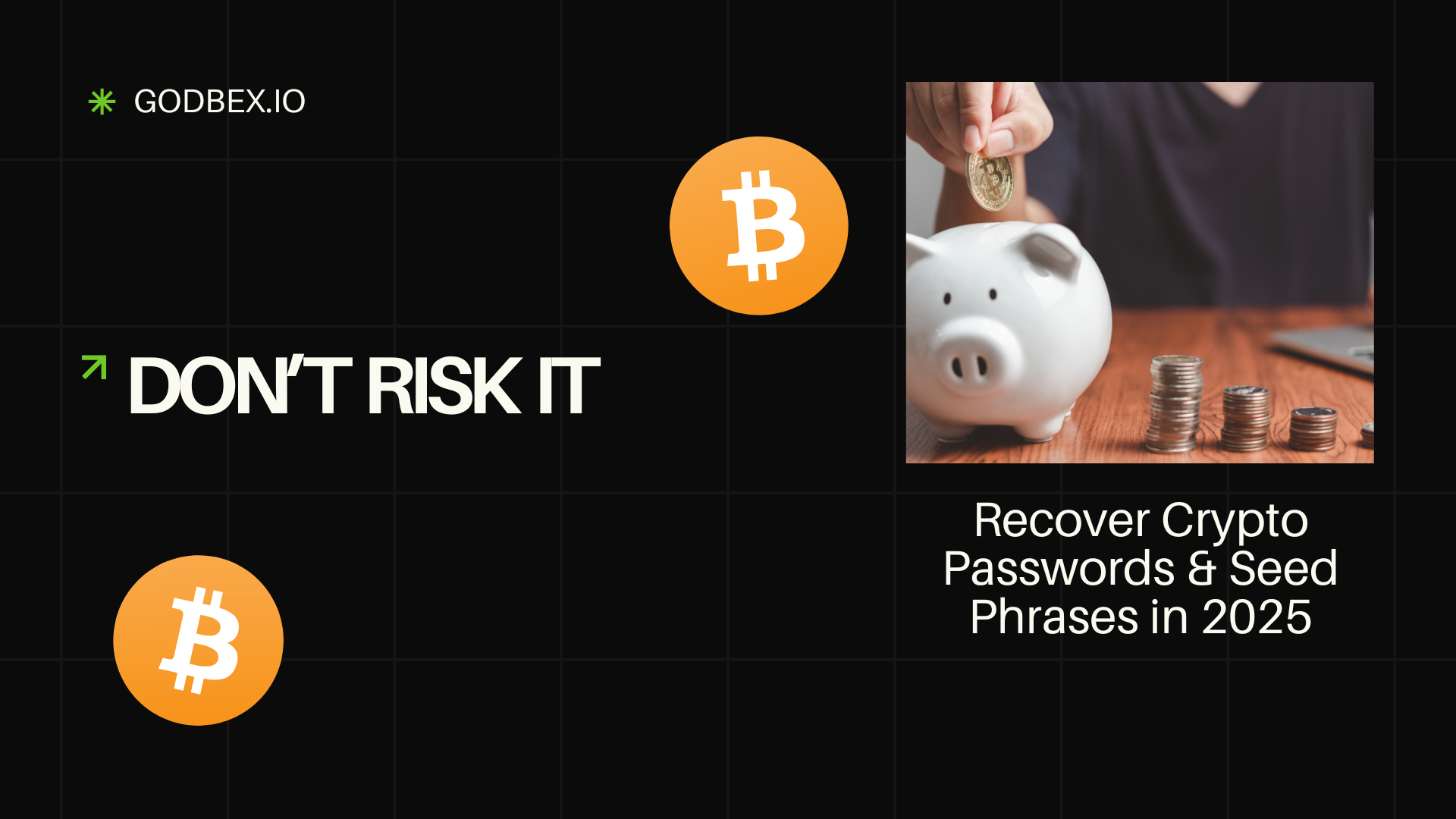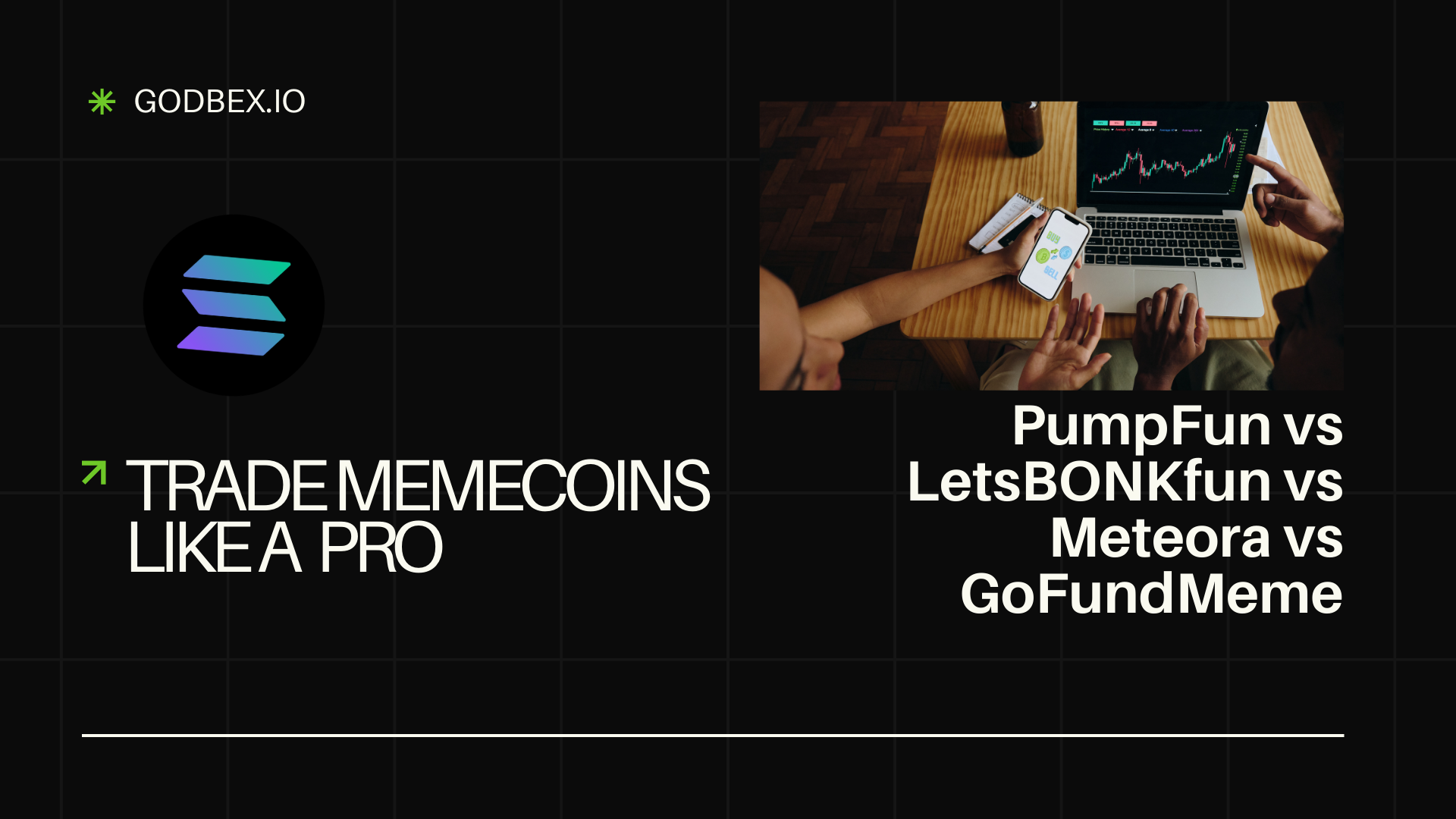Reveal How Ethereum Tested $3,000 After BlackRock ETF
Ethereum briefly tapped the psychological
$3,000 barrier in Thursday’s Asian session, its highest print since early March, before backing off to trade around $2,960 at press time. The push came as BlackRock’s spot vehicle, the
iShares Ethereum Trust (ticker ETHA), logged a record
$300 million net inflow on July 10—more than the fund attracted in its entire first trading week back in January.
Market watchers say the confluence of surging ETF demand, a softening U.S. dollar index and improving on-chain activity set the stage for ETH’s latest rally, which has added nearly 18 % over the past seven days.
Record inflows underscore institutional demand
SoSoValue data show U.S. spot ether ETFs pulled in
$476 million on Wednesday, the second-largest daily haul since launch. BlackRock alone accounted for roughly two-thirds of that figure, lifting ETHA’s cumulative holdings above
2 million ETH (~US $6.1 billion). The Block notes that total spot-ETH ETF volume also hit a new high, clearing
US $1.2 billion across all issuers.
“These numbers show real traction beyond the initial honeymoon phase,” said Matteo Greco, research analyst at Fineqia, pointing out that inflows arrived despite muted macro data and no major regulatory catalysts this week.
CoinShares’ weekly report corroborates the trend, citing three consecutive weeks of positive flows into ether products after a dismal May.
Read full article in blog
Follow us:
Twitter
https://x.com/godbex_io
Telegram
https://t.me/godbex_io
Exchanger
https://godbex.io/



















